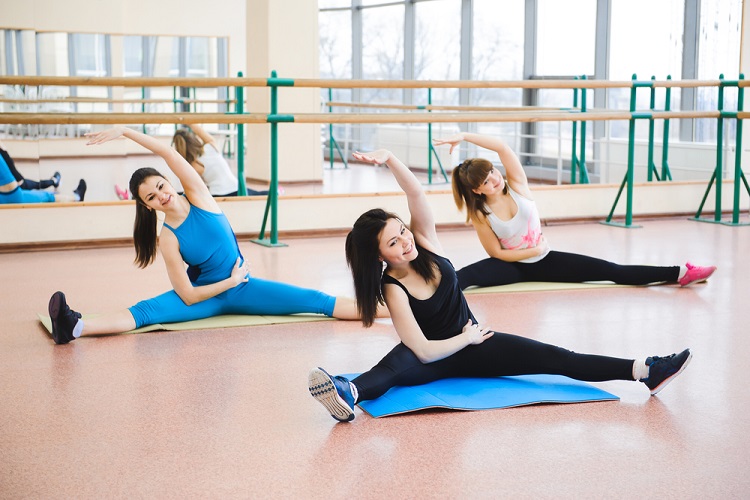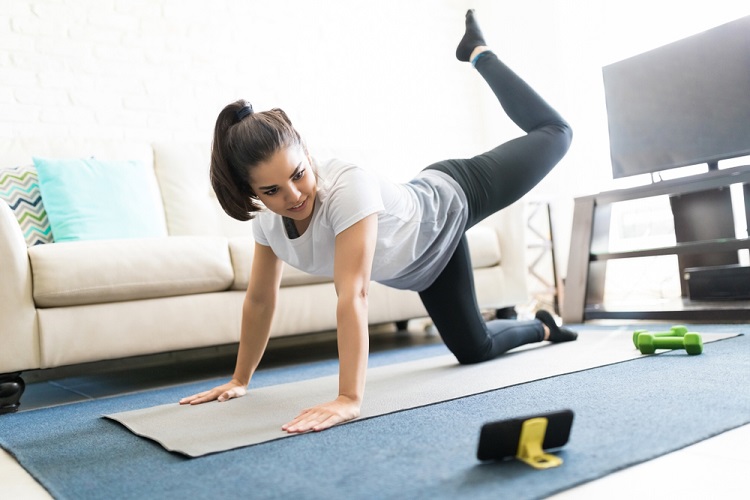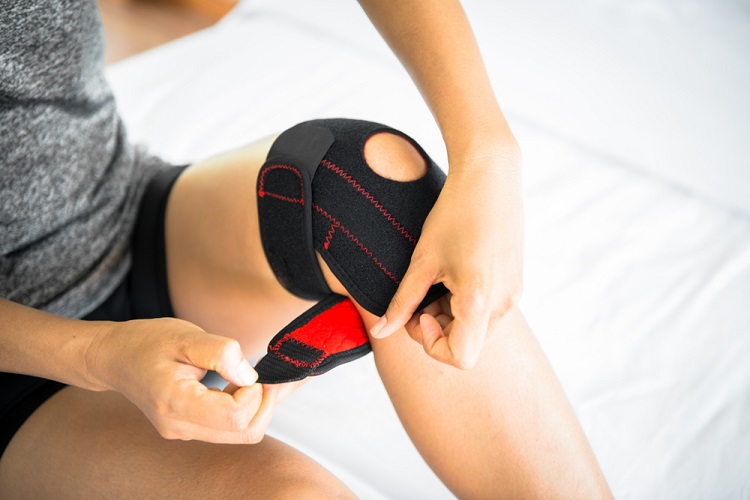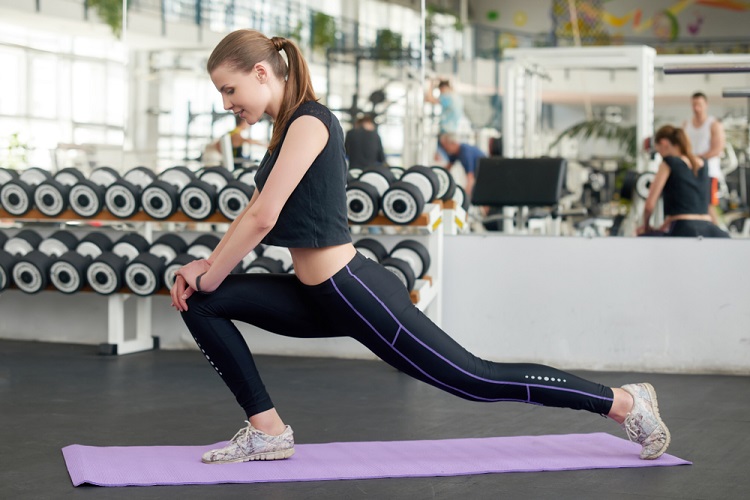The Health Benefits of Stretching & How To Improve Flexibility
After a tough workout, it can be tempting to slip out of the gym without taking a moment to let your body cool down. However, research has proven time and time again that stretching has many benefits including reducing pain and tension, preventing injuries, and helping with posture, mobility, and balance.
It’s important to utilize stretching to keep your muscles flexible as it helps you move better in your day-to-day life. Let’s take a look at some of the health benefits of stretching and how you can improve your overall flexibility.

Helps With Mobility
Those who take the time to stretch regularly have been shown to experience less pain and tension than those who do not. That is because stretching can help with mobility. Mobility is how well your muscles can move through any given range of motion. With better mobility, you can move better throughout your day.
Bending down to tie your shoes, getting up and down off the couch, picking things up, and walking up and down stairs can become easier on your muscles and joints with daily stretching. Flexibility and mobility are essential as you age to avoid falls.

Prevents Injuries
Flexibility has been known to reduce muscular imbalances and compensations that often result in injuries such as pulls, strains, and tears. Daily stretching can also reduce tension in muscles that become agitated with stress. When muscles are relaxed they pull less on their neighboring joints. So if you’re experiencing knee or hip pain, adding stretching to your daily routine can improve your quality of life.
Stretching lengthens the muscles which significantly reduces the risk of pulling, straining, or tearing them even during the simplest of activities. If a muscle is too tight you may overcompensate by using other muscles which can lead to pain. This is why people may throw their backs out while lifting household supplies. Instead of using their leg muscles, they may default to the lower back and risk serious injury.

Improves Posture
Are you known for hunching because you sit at a desk all day long? Do your hips often feel tight when you stand up? Sitting for long periods of time without stretching can take a massive toll on the body. Too much sitting can cause your lower back, hips, and calves to tighten resulting in poor posture when you stand.
Stretching, and increasing your flexibility, can lead to better posture and decrease your slouching. Even if you are at a job where you have to work at a computer desk, you can add just a few minutes of stretch breaks into your work routine to alleviate the stress on your body. Make sure to stretch your upper back and shoulders to combat having to work on a computer.

Improve Range Of Motion
Having a good range of motion in your muscles is important to live a pain-free life. It can also help you get more out of your workouts. Well-stretched and flexible muscles move better in the gym resulting in deeper contractions when you work out and ultimately more progress.
Flexibility is also essential to help you decrease any pain or discomfort during your workouts. If you are experiencing pain when moving through certain exercises such as knee pain when you squat, it may be time to take a moment to stretch out your hips and hamstrings.

Specific Stretches
Here are some of the best stretches to add to your daily routine to reap the benefits:
Downward Dog: With your hands and feet on the ground get into an upside-down V shape. Press your heels to the floor while pushing away from the ground through your hands. Keep your shoulders down and back. Lift through your core to push your hips up and back.
Figure Four: Lie on your back with your feet flat on the floor. Cross your right foot over your left quad. Lift your left leg off the ground and gently pull it into your chest. Hold for 5 deep breaths. Repeat on the other side.
Lying Torso Rotation: Lying on your back with your knees bent, keep your feet flat on the floor while you reach your arms out to each side. Tighten your core as you lift your knees to your chest and then lower them together to one side of your body. Hold for 5 deep breaths and then repeat to the other side.
Twisted Lunge: Get into a lunge with one foot forward. Then slowly place one hand on the floor as you twist your upper body to the opposite side. Reach the hand that is stretching up to the sky and keep your chest open. Hold for 5 deep breaths before switching.
